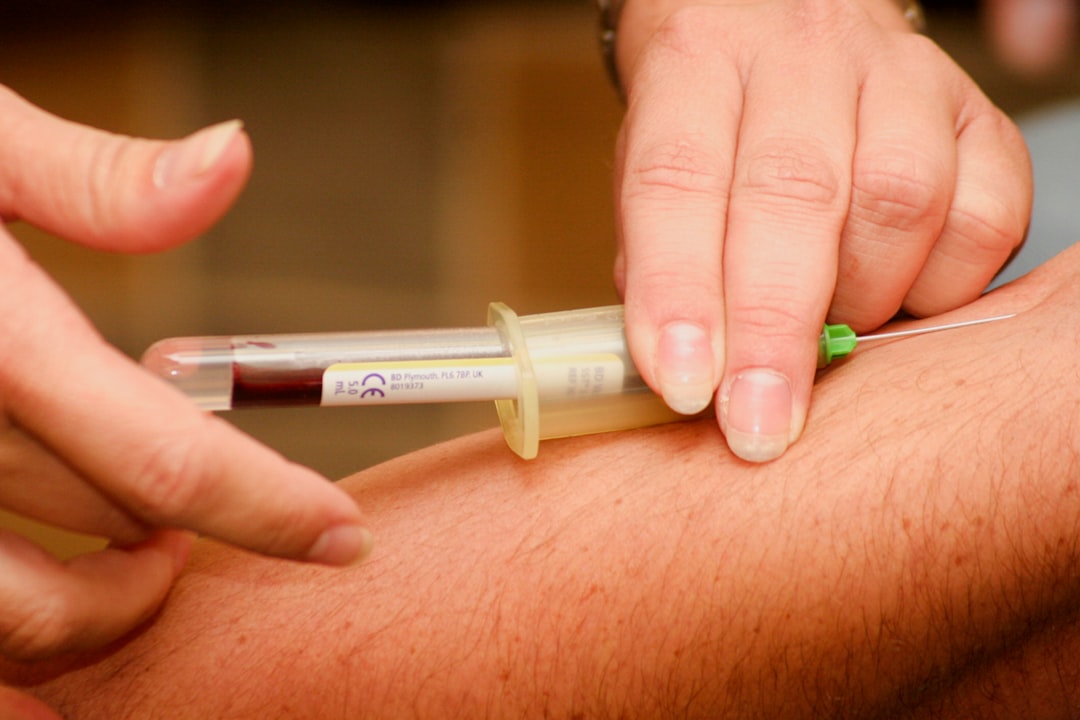What is it about?
Aim: The cell-acquiring fallopian endoscope (CAFE) was built to meet requirements for locating potentially pathological tissue indicated by an alteration in autofluorescence or presence of a targeted fluorophore. A channel was included for directed scrape biopsy of cells from regions of interest. Approach: Imaging resolution and fluorescence sensitivity were measured using a standard resolution target and fluorescence standards, respectively. A prototype was tested in ex vivo tissue, and collected cells were counted and processed. Results: Measured imaging resolution was 88 μm at a 5-mm distance, and full field of view was ∼45 deg in air. Reflectance and fluorescence images in ex vivo porcine reproductive tracts were captured, and fit through human tracts was verified. Hemocytometry counts showed that on the order of 105 cells per scrape biopsy could be collected from ex vivo porcine tissue. Conclusions: All requirements for viewing STIC in the FTE were met, and collected cell counts exceeded input requirements for relevant analyses. Our benchtop findings suggest the potential utility of the CAFE device for in vivo imaging and cell collection in future clinical trials.
Featured Image

Photo by National Cancer Institute on Unsplash
Why is it important?
Due to nonspecific clinical symptoms and a lack of effective screening methods, it is exceedingly difficult to diagnose ovarian carcinoma in its early stages. Because of the low sensitivity and/or positive predictive value of bimanual ovarian palpation, carbohydrate antigen 125 (CA125) blood tests, and transvaginal ultrasound, even when performed in combination, screening for ovarian cancer can require invasive surgery and removal of the ovaries to make a definitive diagnosis. As a result, 79% of cases are not discovered until they are already at an advanced stage when five-year survival rates are as low as 29%. A large number of risk factors for developing epithelial ovarian cancers have been identified, including a family or personal history of breast or ovarian cancer, gene alterations (e.g., BRCA1/2), reproductive history, and advanced age. Patients at known risk may be counseled to undergo a prophylactic bilateral salpingo-oophorectomy, which reduces ovarian cancer risk by up to 81%, but results in immediate onset symptoms of postmenopause and infertility for premenopausal patients, as well as an increased risk of osteoporosis and cardiovascular mortality long-term. Most cases of high-grade serous ovarian carcinoma originate as serous tubal intraepithelial carcinoma (STIC) lesions in the fallopian tube epithelium (FTE), enabling early endoscopic detection.
Read the Original
This page is a summary of: Sub-millimeter endoscope demonstrates feasibility of in vivo reflectance imaging, fluorescence imaging, and cell collection in the fallopian tubes, Journal of Biomedical Optics, July 2021, SPIE,
DOI: 10.1117/1.jbo.26.7.076001.
You can read the full text:
Resources
Contributors
The following have contributed to this page










